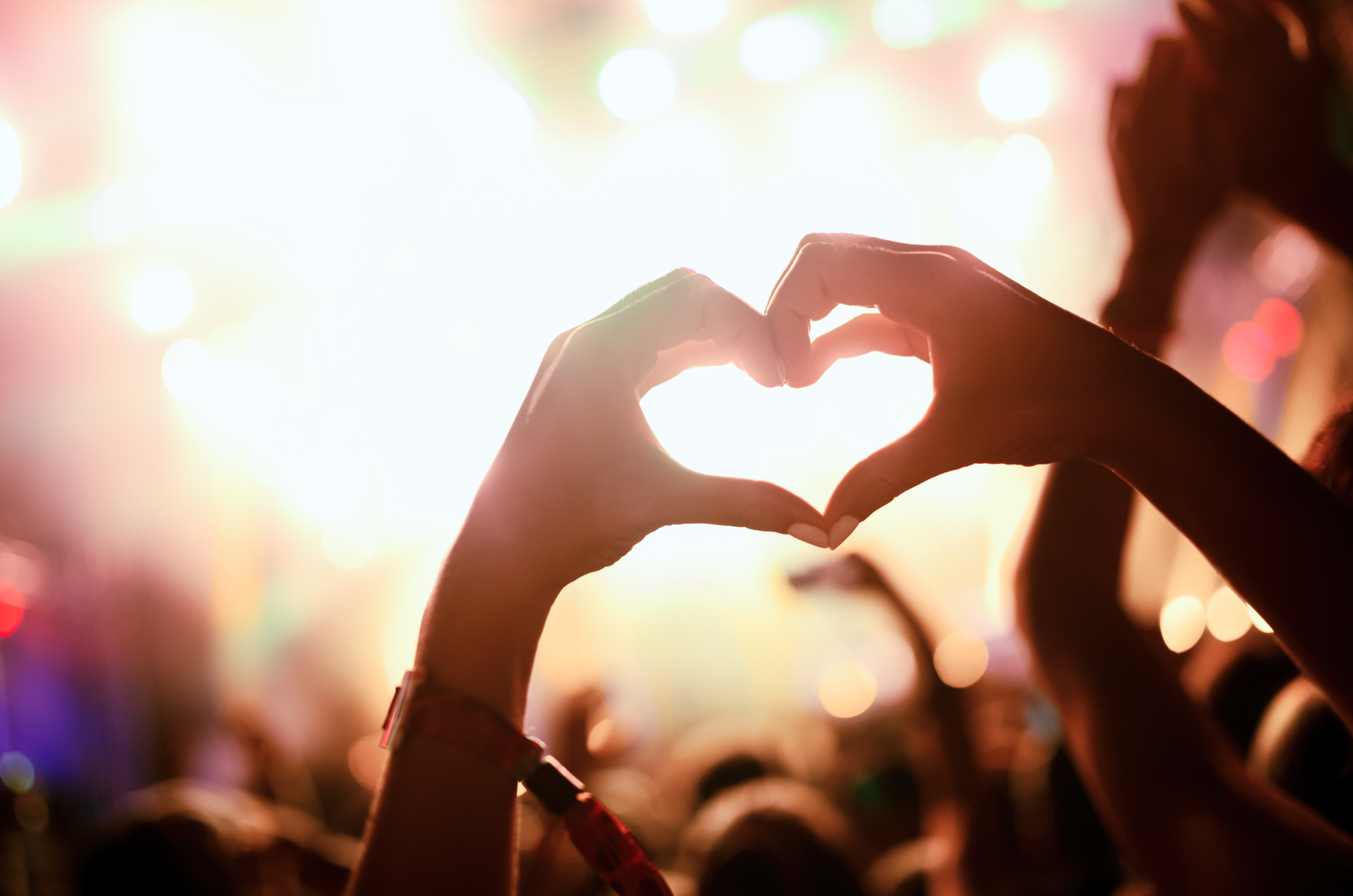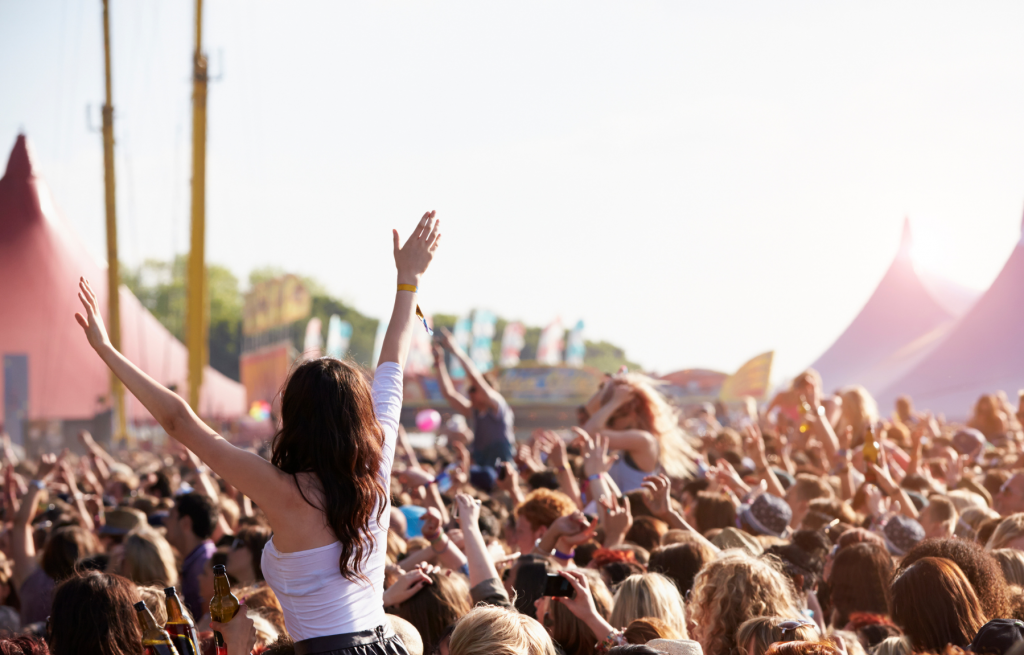
The History of Lollapalooza
Published on July 28, 2023
Lollapalooza has become America’s top destination music festival, bringing nearly 400,000 people annually to Chicago’s Grant Park for a four-day weekend. And it all started as Jane’s Addiction’s farewell.
By Dave Lifton (@daveeatschicago)
In 1990, the band had gone double-platinum with their second album, Ritual de lo Habitual, but they were imploding due to frictions within the band. They decided to call it quits after one more tour, and looked to their recent experiences overseas for inspiration. They’d been booked to play the England’s Reading Festival, one of many events that are common in Europe and South America where acts from all genres not only share a bill, but mingle backstage. Jane’s Addiction frontman Perry Farrell and tour manager Marc Geiger decided to create an all-day version in America in multiple cities. It was Farrell’s decision to call it Lollapalooza.
Jane’s Addiction headlined, and the undercard was filled with some of their favorite bands — Siouxsie and the Banshees, Living Colour, Nine Inch Nails, Ice-T & Body Count, Butthole Surfers, Fishbone, and Rollins Band — that represented a cross-section of what was just below the mainstream at the time and was becoming known as “alternative music.” Lollapalooza debuted on July 18th, 1991 at Compton Terrace in Chandler, Ariz. That first date was remembered for two things: Nine Inch Nails’ gear overheating after only two songs and Farrell and Jane’s Addiction guitarist Dave Navarro getting into a fight onstage.
Despite those early hiccups, the tour concluded its six-week run and was successful enough for another installment a year later, which followed a similar formula by combining punk, metal, funk, hip-hop, and industrial. By this time, alternative had come up from the underground, and two acts on the bill, Pearl Jam and headliners Red Hot Chili Peppers, were among the best-selling bands around. A Side Stage was introduced to give greater exposure to up-and-coming bands—like Stone Temple Pilots, Cypress Hill, and Farrell’s new project, Porno for Pyros—and the Jim Rose Circus Sideshow, a collection of macabre acts, including one man who would lift heavy objects via his body piercings and another who would eat anything from slugs to swords.

Lollapalooza continued to run annually in this format, but the effects of alternative rock becoming mainstream—ironically, largely because of Lollapalooza—caused the tour to change from a showcase for underground acts to a day of watching some of MTV’s biggest bands perform. The decision to book the decidedly non-alternative Metallica in 1996 upset many legacy fans, and a pivot towards the burgeoning electronica scene, with Orbital and The Prodigy on the Main Stage, a year later didn’t help, either. Unable to find a viable headliner for 1998, Lollapalooza was canceled.
Farrell revived the Lollapalooza name for Jane’s Addiction 2003 reunion tour, and the bill returned to its roots of punk, hip-hop, alternative rock, and metal. The next year, an attempt to expand Lolla into a two-day tour in each city was canceled due to low ticket sales, but it was revived the next year as a two-day festival held in Chicago’s Grant Park. That 2005 event showcased performers on six stages, one of which was for children’s music, and featured sets by Weezer, Arcade Fire, Pixies, Death Cab for Cutie, The Black Keys, Billy Idol, and many more.
It was expanded to three days in 2006 and, five years later, became an international brand in 2011, with annual festivals debuting in Chile, Brazil, and Argentina in consecutive years. It has since branched out to Europe (Stockholm, Berlin, and Paris) and Lollapalooza premiered in Mumbai in January 2023.
But the Chicago iteration, expanded to four days in 2016, remains the flagship event, and its contract with the city runs through 2032. Since finding a permanent home in Grant Park, nearly every major act in the music industry has headlined a Lolla set, including Foo Fighters, The Chainsmokers, Paul McCartney, Chance the Rapper, Black Sabbath, Eminem, Miley Cyrus, Journey, and Dua Lipa. The 2023 installment stars Billie Eilish, Kendrick Lamar, The 1975, Red Hot Chili Peppers, and Lana Del Rey.
With major corporate sponsorship and bands signing contracts with clauses restricting their ability to play within a 300-mile radius of Chicago in the months before and after the festival, Lollapalooza is virtually unrecognizable from its original incarnation. This has turned off many of those who remember those first few tours and the anti-mainstream attitude it engendered. But by bringing in artists from across the musical spectrum, Lollapalooza has become closer in spirit to the festivals that inspired its creation.

The Adventure starts when you say it does.
All eATLAS Adventures are designed and built by experienced eATLAS Whoa!Guides. They're always on. Always entertaining. And always ready to go.
Check out our Adventures!